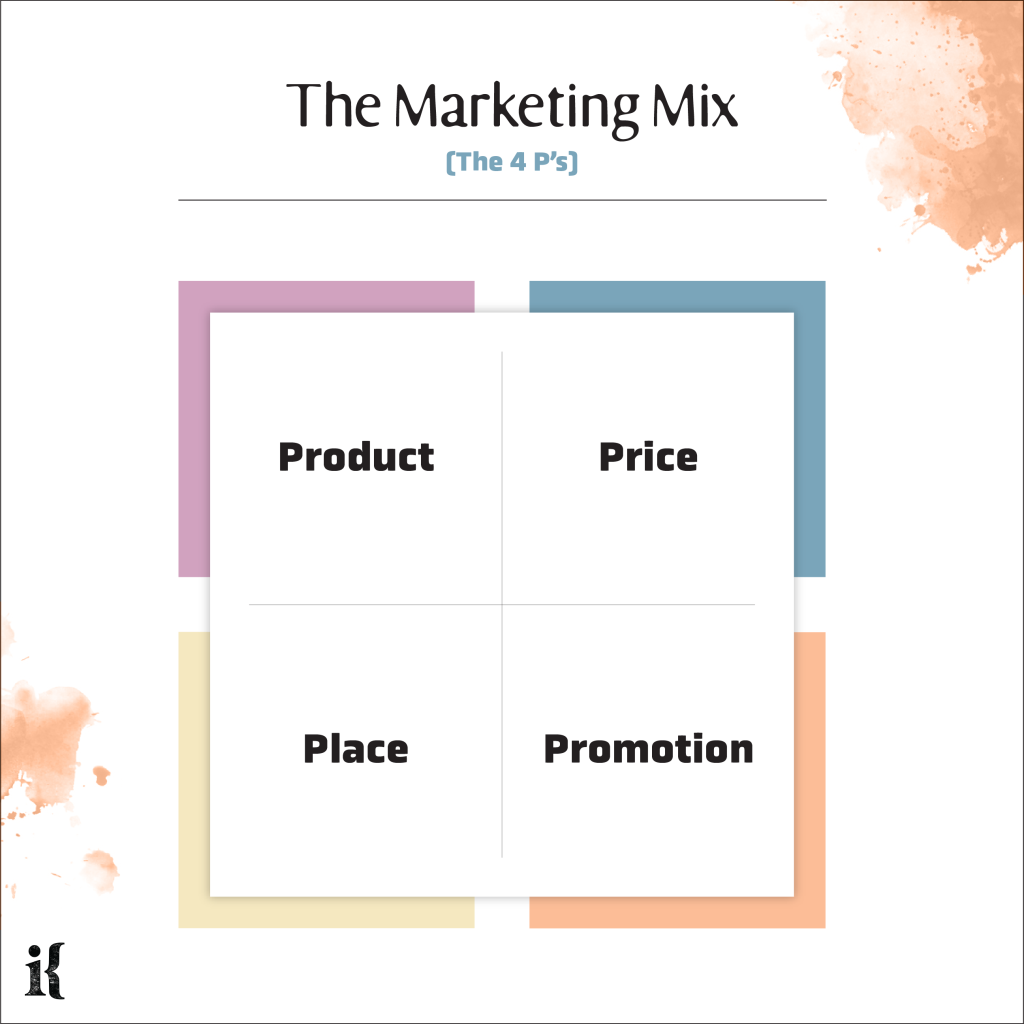Higher Education Marketing
The 4 P’s in Higher Education Marketing

The marketing mix, commonly referred to as marketing’s 4 P’s, can be a very powerful tool in higher education marketing. Taking a broader view and understanding of how different functions of marketing (beyond promotion) work together can lead to crucial conversations about how to optimize the marketing function within a campus environment.
When looking at Product, Price, Place, and Promotion, there are some key applications in the institutional environment that might serve as opportunities for review or development. Let’s take a look at each one.

Product – This facet of the marketing mix encompasses most everything that the institution delivers as an experience and offering. Certainly this includes things like academic programs, majors/minors, the quality of instruction, and the overall experience offered to students. This might include things like the condition of academic facilities, and on-campus housing offerings. Students now highly value the dining options as well as athletic and fitness facilities. Everything your institution delivers really constitutes your product. And if the product isn’t attractive, no amount of promotion will solve that problem long term. Looking to identify strengths and weaknesses of your product—and making bold decisions to improve it — is a key pathway toward ensuring marketing success.
Price – Price is undoubtedly key in ensuring that collegiate marketing efforts are successful. Surely tuition—the full price of an academic experience—is of paramount importance to the “price” aspect of the marketing mix, but it doesn’t tell the entire story. It’s also important to consider fees (or lack thereof) your institution charges and certainly the cost of housing and meals. The aspect of scholarship and financial aid availability is also important to consider and talk about. It can often lower the impact of tuition for students dramatically. And while tuition might be high, it also quietly confers value to the marketplace when that degree holder enters the job market. This relates to a controversial term that we shouldn’t ignore: status. But more on that later.
Place – The location of an institution is a very key part of its story. And while higher education marketers don’t often have the ability to pick up and move locations, thinking about the institution’s geography is important. Is your institution in a large city? Is it near the water or mountains or snow? Does it have warm weather year round? Is it near an important employer that makes getting a job more likely? How close is it to a substantial airport with non-stop flights from important cities? And while ‘Place’ tends to make us think of physical location, today’s higher education marketing offices can think of product distribution through remote or hybrid learning opportunities to shape unique student experiences.
Promotion – And of course promotion is critical. I’ve purposely left it last because it is often (mistakenly) considered first while the others are largely ignored. Promotion encompasses all of the elements of communication that serve to encourage would-be students to consider attending. Certainly this applies other audience segments as well (e.g. prospective faculty, alumni, and other stakeholders), but most tuition-based institutions are largely focused on prospective students. Activities to consider here include paid advertising on everything from billboards to social media ads, public relations and earned media placement, website design, content marketing, and search engine optimization. All of these are tools at the disposal of the higher education marketer to perform successful outreach.
Like what you're reading?
Subscribe to our newsletter to get the latest insights in Higher Education and thought leadership.


